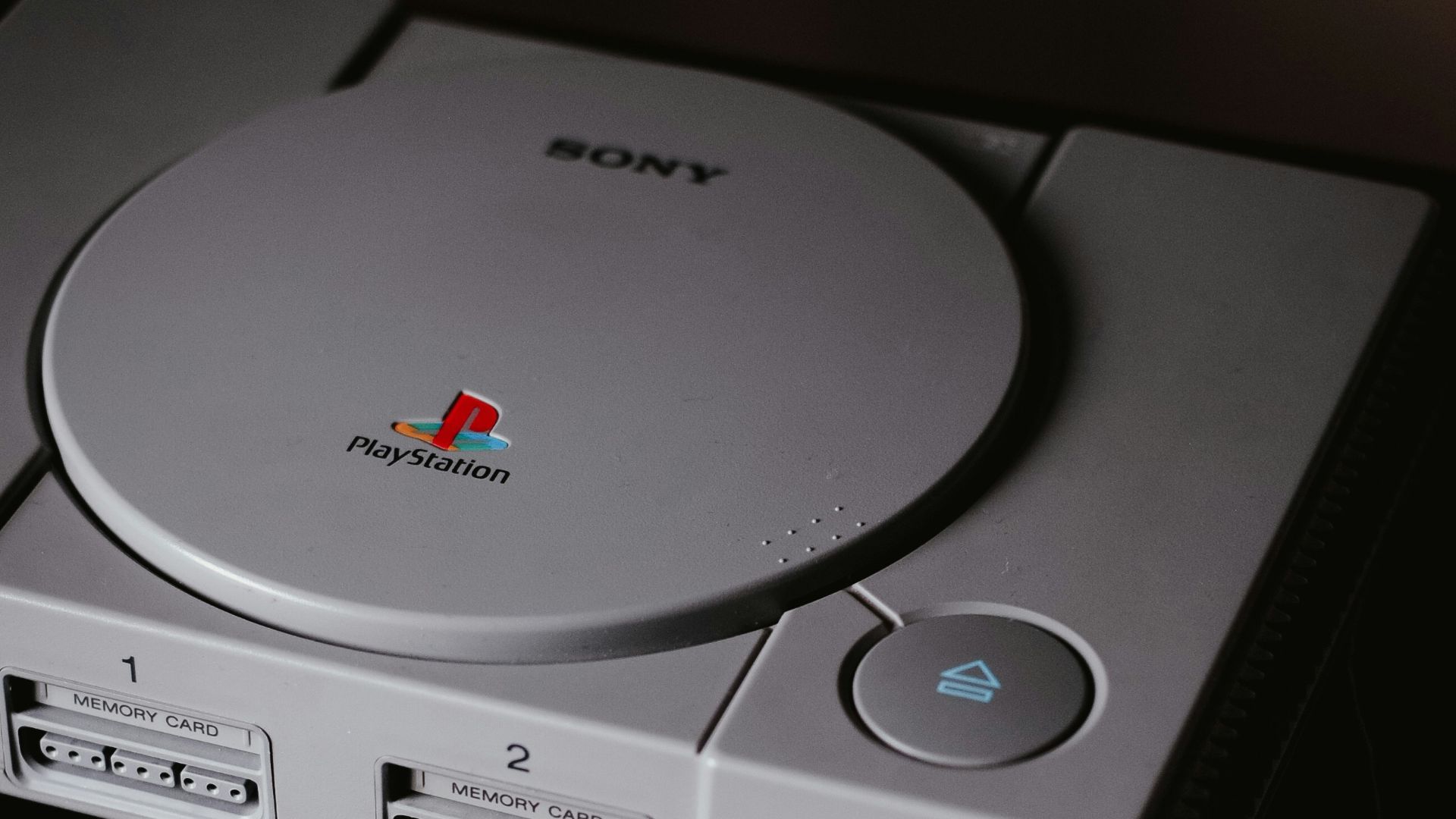The Unlikely Alliance That Almost Changed Gaming Forever
Before the world of gaming became what it is today, a handshake between two titans nearly rewrote the rules of entertainment. On one side stood Nintendo, the king of cartridges and family-friendly titles. On the other stood Sony, an electronics powerhouse itching to break into games. This unlikely partnership had the potential to reshape the entire industry—but instead, it led to decades of rivalry that still echoes through the gaming world.
The Partnership That Nearly Was
In 1988, Nintendo and Sony joined forces to create a CD-ROM add-on for the Super Nintendo Entertainment System (SNES) called the “Super Disc.” This collaboration marked a bold shift: Nintendo wanted to explore the new disc format, while Sony brought its hardware expertise to the table. The result was a prototype known as the Nintendo PlayStation—a hybrid console capable of running both SNES cartridges and discs.
From the start, this project promised to blur the lines between gaming mediums and shake up the home console market. It was a groundbreaking idea, combining Nintendo’s game development prowess with Sony’s cutting-edge technology. However, the partnership was short-lived, and the future of gaming would take a different path.
Then Came The Sudden Break And Sony’s Ascent
Everything changed at the 1991 Consumer Electronics Show when Nintendo publicly announced it would ditch the Sony deal in favor of partnering with Philips. Sony did not take this lightly and, as a result, ran with the technology independently. This decision directly led to the launch of the PlayStation in December 1994 (Japan) and September 1995 (North America).
Nintendo’s move triggered a fundamental shift. The company had intended to shape the future of gaming, but instead, it helped co-create its most formidable competitor. The PlayStation quickly gained traction, thanks to its disc-based format, which allowed for larger, more complex games and greater third-party support. This contrasted sharply with Nintendo’s cartridge-focused approach, which it continued to prioritize.
The Long Shadow Over Nintendo
By the mid-1990s, the PlayStation had become a dominant force in the gaming industry. Its success came at the expense of Nintendo’s market momentum. While the company clung to its cartridge-based system, Sony’s embrace of discs gave it a significant edge. The result was that the PlayStation sold over 100 million units worldwide, far surpassing Nintendo’s sales and undercutting its dominance.
Today, Nintendo may live by its own rules, but the echo of that abandoned partnership still influences its strategy. In many ways, the company is still chasing the opportunity it gave away. The decision to walk away from Sony proved to be a costly one, and the long-term effects are still felt in the industry.

What Could Have Been: A Console ‘What-If’ Story
Had that partnership endured, the gaming timeline might have read very differently. The combined expertise of two titans could have defined an era instead of dividing it. Industry historians often speculate that such a union might have accelerated optical-disc gaming and postponed the rivalry that later shaped the market.
The split, though painful for one and pivotal for the other, redefined how technology companies handle collaboration and trust. It became a corporate cautionary tale—proof that innovation can backfire if the vision between partners isn’t perfectly aligned.
In hindsight, it’s hard not to wonder what worlds gamers might have explored under a shared Nintendo-Sony banner. History doesn’t offer replays—but if it did, this might be the one partnership everyone would load again.
